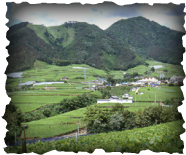
Wine tasting throughout Japan is a pleasure to my tastebuds. There are many wines available that are made from grape varieties still not mainstream to the average wine enjoyer. One white wine in particular is Japan's pride and joy; the Koshu grape.
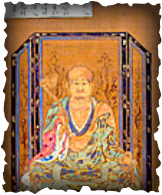
Koshu grapes were brought to Japan through the Silk Road by a Buddha. According to legend, in 718 a Buddhist Monk had a vision of a medical Buddha holding a bunch of grapes. So, the Monk established a temple and began to cultivate the grapes for medicinal purposes. The Koshu grape took root in a basin area surrounded by the Southern Alps where today is called the Yomanashi Prefecture. And voila, it is the grape and wine region that warrants Japan as a recognized player in the world of wine.
Japan's wine country is often promoted as "The Napa Valley of Japan". In this region, today's wineries are located near yesterday's earthen burial mounds "Kofun". From many wineries visitors can see in the distance the peaks from the Alps and majestic views of Mount Fuji. When visiting this area, consider joining a hiking Buddhist Pilgrimage up the summits to see ancient temples. Other attractions include: winery tours, natural hot springs, concerts, lakes, amusement parks, etc. 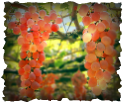
The white wines made from the Koshu grapes are styled a couple of ways, oaked and unoaked. The stainless steel unoaked styled white wine produces an austere crispy fierce acidity wine that is racy across the tongue. Think of bone dry Rieslings from cooler climate wine regions.
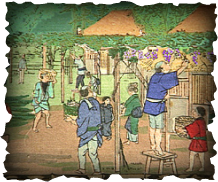
History has it that the Koshu wine was originally consumed by the Tokugawa Shogunate (Edo Period), and due to its thick skin and acidity, was generally sweetened with honey or sugar. And, for you military history buffs, the Koshu grape was so acidic that during the past wars they were a valuable source for extract of tartaric acid for military use to manufacture radars. Now that is a racy grape. But today, the viniculture of this grape is very sophisticated and has come a long way from its historical usage. Yet, I prefer the oaked style wines which are full bodied and a bit softer for my taste.
The viniculture method of the Koshu grape is called Tanashiki Saibal, which grows upward similar to a fruit tree; not your traditional fence trellis method. There is an active volcano near the basin, so the soil is volcanic ash that contributes to the wines richness and complexity. 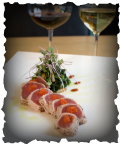
This firm acidic yet, citrus aromatic white wine pairs well with Kaiseke (high end Japanese cooking). Haute Cuisine such as horse sashimi, raw fish, etc., offer excellent harmony. The texture of food is as important as taste with Japanese food because of the elements of nature (land, sea, river) that correlates with tastes of salty, bitter/sour, sweet.
So, the next time you are searching for that special wine, pull out your "iPad Radar App" to find Koshu wines from Japan! www.agrapeplace2b.com
0 Comments
Your comment will be posted after it is approved.
Leave a Reply. |
Details
Grape EdVentures™The Delong 100 Grape Varietal Challenge encourages all wine enjoyers to expand their wine drinking horizon by seeking out unusual grape varieties. These past few years, I have tasted over 180 grape varieties. After all, there are over thousands of grape varieties world wide. With so many wine grapes, styles of wine, and wineries to explore, wine is an educational adventure. So grab your virtual passport and come along with me on a Grape EdVenture™ around the world. Archives
December 2023
|
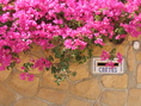
Michelle Prince
[email protected]
All works are subject to copyright protection, registered to A Grape Place 2 B LLC. © 2010-2024. All rights reserved.